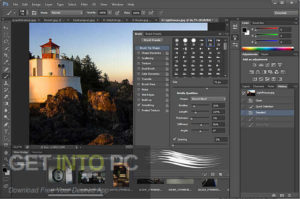
Ignores the sort order. Fits as many tasks into a date box as possible. Uses the latest sort order applied to tasks You could spend time playing around with the options for each view, and you are certainly welcome to do that. However, for now, we are going to present the formatting options given to you with each view and explain what it does.

The settings in all three dialogue boxes allow you to change how the elements are arranged on the page and how dependency links are shown. You can see the Layout dialogue box for the Network Diagram view in the next snapshot.Īnd for the Gantt chart view (right click inside the graphic area, NOT the table/spreadsheet area): To view the Layout dialogue box for a view, right click in the area of the view, then select Layout.īelow is the Layout dialogue box for Calendar view. In addition to changing text boxes, you can also change the layout of your view. Of course, your options in changing the view vary greatly from Network Diagram to Gantt chart to Calendar. To change the background area inside the box, change the color or pattern (or both) in the Background section. If you want to change the border style, you can do that in the Border section of the dialogue box by changing the shape, color, and width.

Right click on the task you want to change, then select Format Box. (If you want to change all boxes, right click outside of the task boxes and then select Box Styles.) To do this, go to Network Diagram View (View>Network Diagram). Project allows you to change the formatting by individual box or type.

Whether it is plus or minus depends on whether subtasks are shown or not. Summary Tasks use a slanted box shape and include a plus or minus symbol.

On the Network Diagram view, you've seen the little boxes that comprise the look and feel of it. This view uses different shapes to represent different task types.


 0 kommentar(er)
0 kommentar(er)
